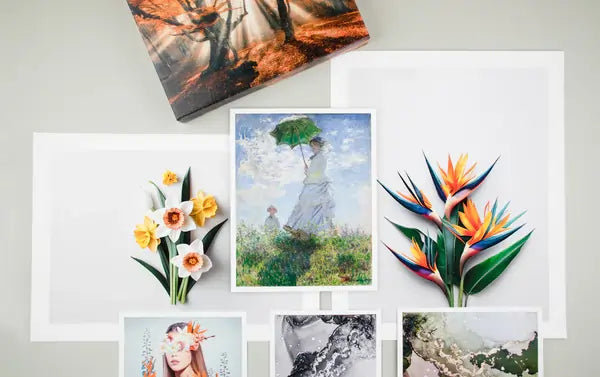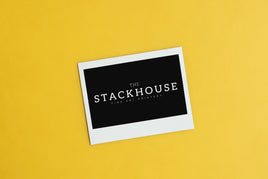TL;DR: The right file size and resolution are essential for professional-quality prints. Learn how PPI, pixel dimensions, and color settings work together to ensure your photos look stunning at any size.
Why File Requirements Matter for Printing
Every photograph holds a story worth printing. But before you hit "order," it is important to understand how file size, resolution, and format influence your final print quality. Even a perfectly edited image can appear soft or pixelated if it is not prepared correctly. This guide will help you match your image files to the right print sizes, so every detail shines in your finished piece.
Key Terms to Know
Before checking out the chart below, let’s go over a few key concepts:
- Print Size: The physical dimensions of your printed image, usually measured in inches.
- PPI (Pixels Per Inch): The number of pixels per inch in an image. More pixels mean more detail and sharper prints.
- Pixel Dimensions: The total pixel count of your image file. Think of this as the foundation that determines how large you can print without losing quality.
Need a deeper understanding of how resolution works? Read our guide on image resolution.
Recommended File Requirements and Print Sizes
Here is a quick reference chart to help you prepare your images for different print sizes. The higher the pixel count, the better your print clarity will be. For best results, always aim for 300 PPI when possible.
| Print Size (inches) | Minimum Pixels (150 PPI) | Preferred Pixels (300 PPI) |
|---|---|---|
| 4×4 | 600×600 | 1200×1200 |
| 5×7 | 750×1050 | 1500×2100 |
| 8×10 | 1200×1500 | 2400×3000 |
| 11×14 | 1650×2100 | 3300×4200 |
| 16×20 | 2400×3000 | 4800×6000 |
| 20×24 | 3000×3600 | 6000×7200 |
| 24×36 | 3600×5400 | 7200×10800 |
| 30×40 | 4500×6000 | 9000×12000 |
| 40×60 | 6000×9000 | 12000×18000 |
Best Practices for Preparing Your Images
- Work in RGB color mode. RGB is the preferred setting for digital printing because it offers a wide color range and maintains vibrancy.
- Use the Adobe RGB (1998) profile. This color profile supports a broader gamut, allowing your prints to display richer tones and smoother gradients.
- Save as JPEG for upload. JPEG files are easy to manage and fully compatible with our system. Just keep a high-resolution, uncompressed version (like TIFF or PSD) as your master file.
Want to learn more about optimizing your files? Read our guide on making the most of JPEG files.
Bringing It All Together
Proper file preparation ensures your prints come out crisp, colorful, and true to your vision. Understanding resolution, color, and file types can make the difference between a good print and an incredible one.
Ready to see your work in print? Upload your images through The Stackhouse Printery Order Page and let our team create vibrant, long-lasting prints that do your photography justice.









